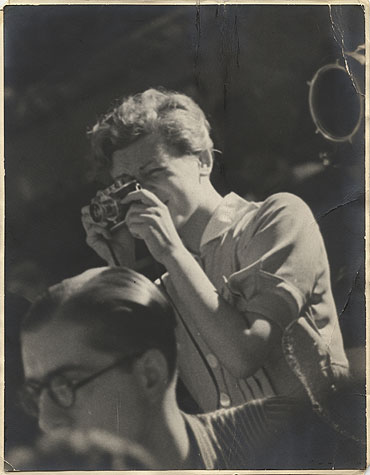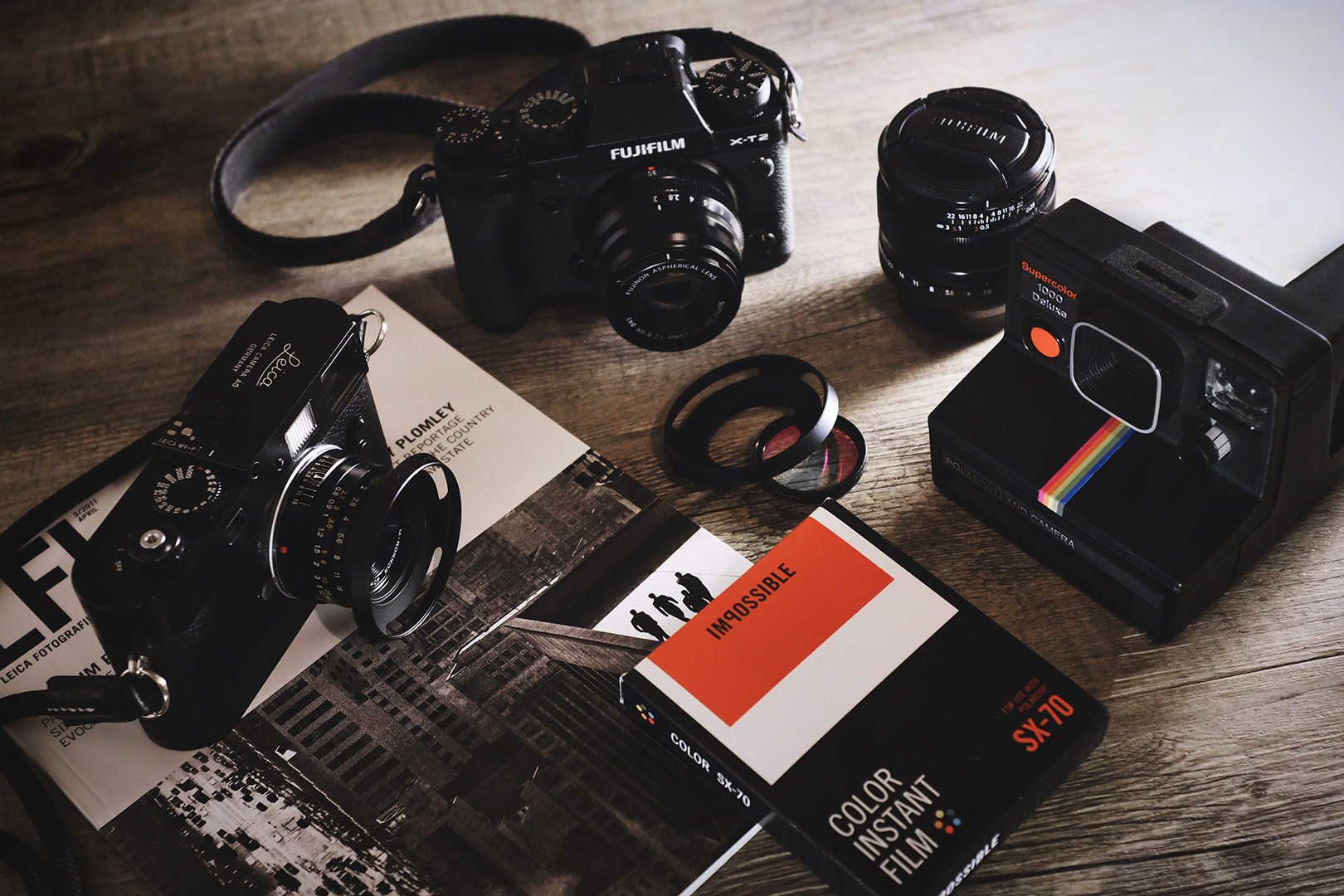“If your pictures aren’t good enough,
you’re not close enough”.
Robert Capa
For some time now, the theory saying that Gerda Taro was the main figure responsible for the legendary photographer Robert Capa, has taken on considerable strength.
One of the most-used criteria for determining the authorship of Capa’s scattered images is their format. If the photograph is 35mm, it was taken by Endre Friedman (Robert Capa); if the photograph is in 120 format, it’s credited to Gerta Pohorylle (Gerda Taro).
Reducing authorship to a mere categorization of formats is too vague if you ask me. Today we won't be talking about their lives, but instead about one of the photography world’s most famous quotations.

I've been repeating it almost like a mantra – and I must admit that, after a while, it became a bit pretentious. Since I'm being honest, I must also say that I never really understood what this statement meant.
Many people have linked the famous quote to Capa's opinion of telephoto lenses – he said that they were big liars. I have also matched Capa's quote with one of my favorite scenes from the movie “The Bang Bang Club”, where Kevin Carter (played by Taylor Kitsch) tells Greg Marinovich (Ryan Phillippe) to “forget about the long lens bruh, this stuff only looks good up close”.
But the real wisdom of the quote goes beyond gear usage. I have discovered it on the streets. The quote can be divided into four ways of “getting close” to what is being photographed – optically, physically, within the scene, and emotionally.

Optically Close
This refers to lenses, especially to wide-angle lenses, that allow photographers to capture scenes in a peculiar way that prominently shows the context of a specific subject. The way a telephoto lens isolates a subject creates distance not only between the photographer and the subject; it also transmits this distance to the viewer.
Physically Close
Wide-angle lenses push photographers out of their comfort zone by forcing them to walk and get close to the subjects to fill the frame to get a valuable and aesthetically pleasing composition. The great reward is images that feel genuinely intimate.
If the same image is taken using a telephoto lens, it would appear to be distant, almost apathetic. The close proximity of a photographer with the recorded scene takes the photographic experience to a whole new level of joy, one that is usually filled with the adrenaline and satisfaction that is difficult to feel when shooting with a telephoto.
Being Within The Scene

I'm not a purist, but I must admit that making the final crop inside the camera is awesome. Doing this reduces post-production time and helps photographers get a better understanding of what’s happening in front of our lenses. Being within the scene refers to the ability to frame and capture a photograph in a way that is as close to its final rendition as possible.
Emotionally Close
As we get closer in a physical way to the scenes we are recording, we'll not only become truly involved with the scene but also with the lives of the people or subjects we are trying to photograph. In documentary work, research plays an important role, because it typically involves the subject in one way or another.
If that connection or that real link between the photographer and the subject doesn’t exist, the resulting images may seem voyeuristic, and in the end, they will lack the impact or importance that we as photographers are responsible for capturing.
I say that it’s our responsibility because we live in times where immediacy rules; where social networks and internet-related platforms suffer from an overwhelming daily flood of images. The only way we can fight back against the ephemeral consumption of images nowadays (measured by likes, reactions, and hearts) is by creating meaningful work that matters, work that has actual relevance, and makes viewers pause and think.

Gerda Taro and Robert Capa both created the legendary figure that we all admire today, the one who along with Henri Cartier-Bresson and David Seymour created one of the greatest innovations for photographers in terms of commercial empowerment. This is the couple that we owe today's reflection. As photographers, we are responsible for capturing reality the best way we can.
One of the simplest ways to achieve this is by understanding that we must get close to the realities we are registering with our photographic tools. If we only capture scenes without investigating what is happening behind what we see through our lenses, our photographs will have little relevance for the spectators who will consume them like air.

If we let our concerns about generating well-suited images and content for social networks drive us, then our images will be part of an endless chain of ephemerality, and our work will be in vain.
We have all our lives to continue learning photography, as Josef Koudelka said when he compared his early studies in aeronautical engineering with photography. From engineering, he learned what he had to learn, but photography offered him the pleasure of never-ending learning.
Being close does not only mean using wide-angle lenses that force us to physically move closer to the scene. Being close means to empathize with the scene; to really move from a physical state to an emotional state.
Being close to the image, being close to society, being close to the subject, being close to everything you want to capture by avoiding a superficial approach should be one of the main goals of every photographer.







1 Comment
Really appreciate that you remind everyone that Capa and Taro were a team, although Capa got the credit. A great article about that here in case others are interested in reading more: https://medium.com/vantage/the-woman-who-was-robert-capa-12f567f13a91